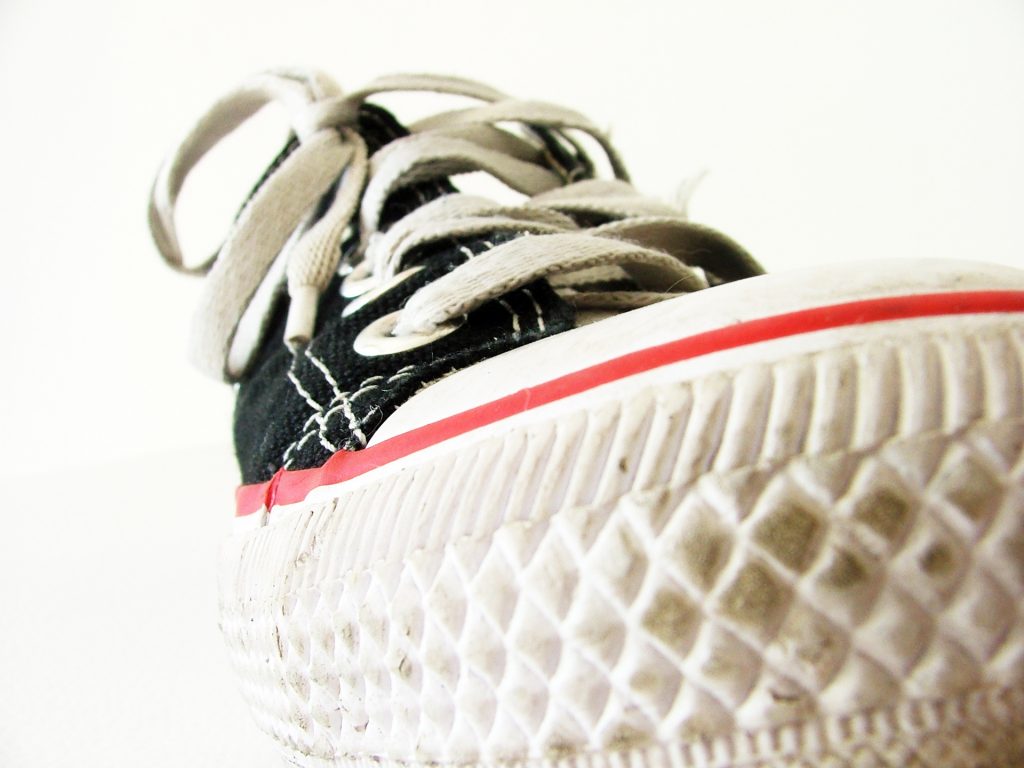 When bringing a personal injury lawsuit a plaintiff must prove that the defendant in the lawsuit caused the injury. Often, when an injury involves two parties, the question of who caused the injury has a relatively straightforward answer. However, problems arise when the circumstances surrounding the injury involve multiple parties. A recent case out of the Louisiana First Circuit Court of Appeal illustrates the complexity of proving who caused an injury when multiple parties are involved.
When bringing a personal injury lawsuit a plaintiff must prove that the defendant in the lawsuit caused the injury. Often, when an injury involves two parties, the question of who caused the injury has a relatively straightforward answer. However, problems arise when the circumstances surrounding the injury involve multiple parties. A recent case out of the Louisiana First Circuit Court of Appeal illustrates the complexity of proving who caused an injury when multiple parties are involved.
Plaintiff William Bourg, an employee of Shamrock Management LLC (“Shamrock”), a Houma, Louisiana company, was injured while helping move an aluminum generator cover. The cover, which weighed 2800 pounds, was delivered to Shamrock’s shop by Cajun Cutters, Inc (“Cajun Cutters”). Mr. Bourg and a Cajun Cutter’s employee, Russell Felio, attempted to move the generator cover into Shamrock’s shop. To facilitate the delivery of the generator cover, Mr. Felio decided to use a large forklift that he was unauthorized to use. While using the forklift, Mr. Felio accidentally flipped the generator cover on its side, which fell on Mr. Bourg’s left foot, crushing it. The injury required Mr. Bourg to undergo two surgeries.
Mr. Bourg sued both Cajun Cutters and Mr. Felio for his foot injury. In a personal injury lawsuit, the jury is required to determine who is at fault for the plaintiff’s injury and allocate a percentage of fault onto each party member, including the plaintiff. In Mr. Bourg’s case, the jury decided that Mr. Bourg and Shamrock were 90% at fault for the accident and that Cajun Cutters and Mr. Felio were 10% at fault. Mr. Bourg filed a motion for a judgment notwithstanding the verdict (“JNOV”). A JNOV is a procedural device where the trial court may correct a jury verdict by modifying the jury’s findings of fault or damages, or both. La. C.C.P. art. 1811 (2016). The trial court granted the JNOV and reallocated fault 50% to Bourg and Shamrock and 50% to Cajun Cutters and Mr. Felio. Cajun Cutters and Mr. Felio appealed the trial court’s decision.
A JNOV is warranted when the facts and inferences point so strongly and overwhelmingly in favor of one party that the trial court believes that reasonable persons could not arrive at a contrary verdict. Joseph v. Broussard Rice Mill, Inc., 772 So.2d 94, 99 (La. 2000). Regarding allocation of fault, the trier of fact is bound to consider the nature of each party’s wrongful conduct and the extent of the causal relationship between the conduct and the damages claimed. Watson v. State Farm and Casualty Ins. Co., 469 So.2d 967, 974 (La. 1985).
The First Circuit Court of Appeal reversed the trial court’s decision. The First Circuit examined the facts presented at trial to determine whether a reasonable person could not have allocated the percentage at fault the way the jury did. It noted that evidence was presented that Mr. Felio was not authorized to use the forklift, that there was no job safety analysis (which was usually required for large deliveries), that Shamrock took no steps to make it easy to put the generator cover in its shop, that Mr. Bourg had not been given adequate safety instructions, and that Mr. Felio followed Shamrock supervisor directions when operating the forklift. All of these actions, the First Circuit held, could indicate to a jury that Shamrock had been actively involved in causing the accident.
Mr. Bourg’s case illustrates that just because one physically causes an accident, that does not mean that individual will be considered the most at fault for causing the injury. When faced with a personal injury involving multiple parties, one requires the assistance of an excellent lawyer who can adequately explain to the jury who is at fault in an accident.
Additional Sources: WESTLEY BOURG VERSUS CAJUN CUTTERS, INC. AND RUSSELL FELIO
Written by Berniard Law Firm Blog Writer: Sandra Sinclair
Additional Berniard Law Firm Articles On Allocation of Fault: Louisiana Supreme Court Discusses Allocation of Fault in Slip and Fall Case Out of New Iberia
 Louisiana Personal Injury Lawyer Blog
Louisiana Personal Injury Lawyer Blog

